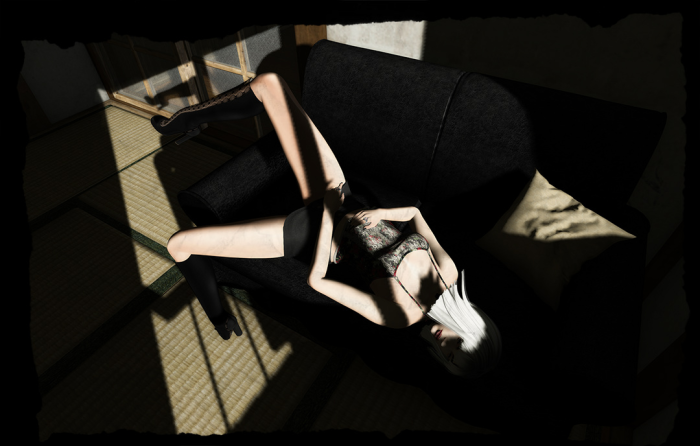
Michael K Jones, 1485: Bosworth – Psychology of a Battle (John Murray: London, 2014)
My hopes for this book weren’t high, having bought it for £2-99 from one of those small discount bookstores that seem to defy all logic in staying afloat. I’ve been pleasantly surprised: Jones has something different to say, and he argues it clearly and persuasively.
One of the things he looks at is the demonisation of Richard, asking if it isn’t just a little over the top. If so, why?
A puzzling feature of the Tudor tradition Shakespeare drew on was its need to continually elaborate on the villainy of Richard III. It was as if more and more soot had to be emptied on the hoofed and horned figure of the devil. Richard came to the throne in horrifying circumstances. The view held by a substantial number of contemporaries was that he was an usurper, who murdered his way to the throne in 1483, killing his nephews and those aristocrats who had supported their claim. The murder of children, the shedding of innocent blood, was a shocking act and it allowed the Tudors to show Richard as a violator of the moral code. His action was represented as a spiritual offence, likened to the biblical offence of the New Testament, the sin of Herod. Yet even whith such a powerful piece of propaganda, the Tudors seemed curiously unable to rest their case. There is a big difference between emphasising a point to clarify it, and telling and re-telling a story with wilder and wilder embellishments.
As the Tudor age progressed, Richard III became more and more a caricature of evil. His physical appearance turned into grotesque parody, and a physical trait, where one shoulder seemed higher than the other, was exaggerated until Richard became crouching and deformed, a ‘crook-back’ – an embodiment of evil. This represented a conscious process of distortion, seen most famously in portraits of the King, which were later painted over to heighten the misalignment of one shoulder against the other. There was a need here to make Richard physically resemble the nature of his crimes. It was crude, if effective propaganda. But were the Tudors afraid that otherwise people might miss the point?
I don’t want to get into conspiracy theory territory here (and there are some interesting ones where the deaths of the two princes are concerned), but Bolinbroke didn’t feel the need to ‘hoof and horn’ Richard II; nor did Edward IV, when it came to Henry VI … instead we have people like Thomas More, who ought to have known better, repeating the laughable suggestion that Cecily Neville was pregnant with Richard for two years, amongst other contentions …
Share this:





